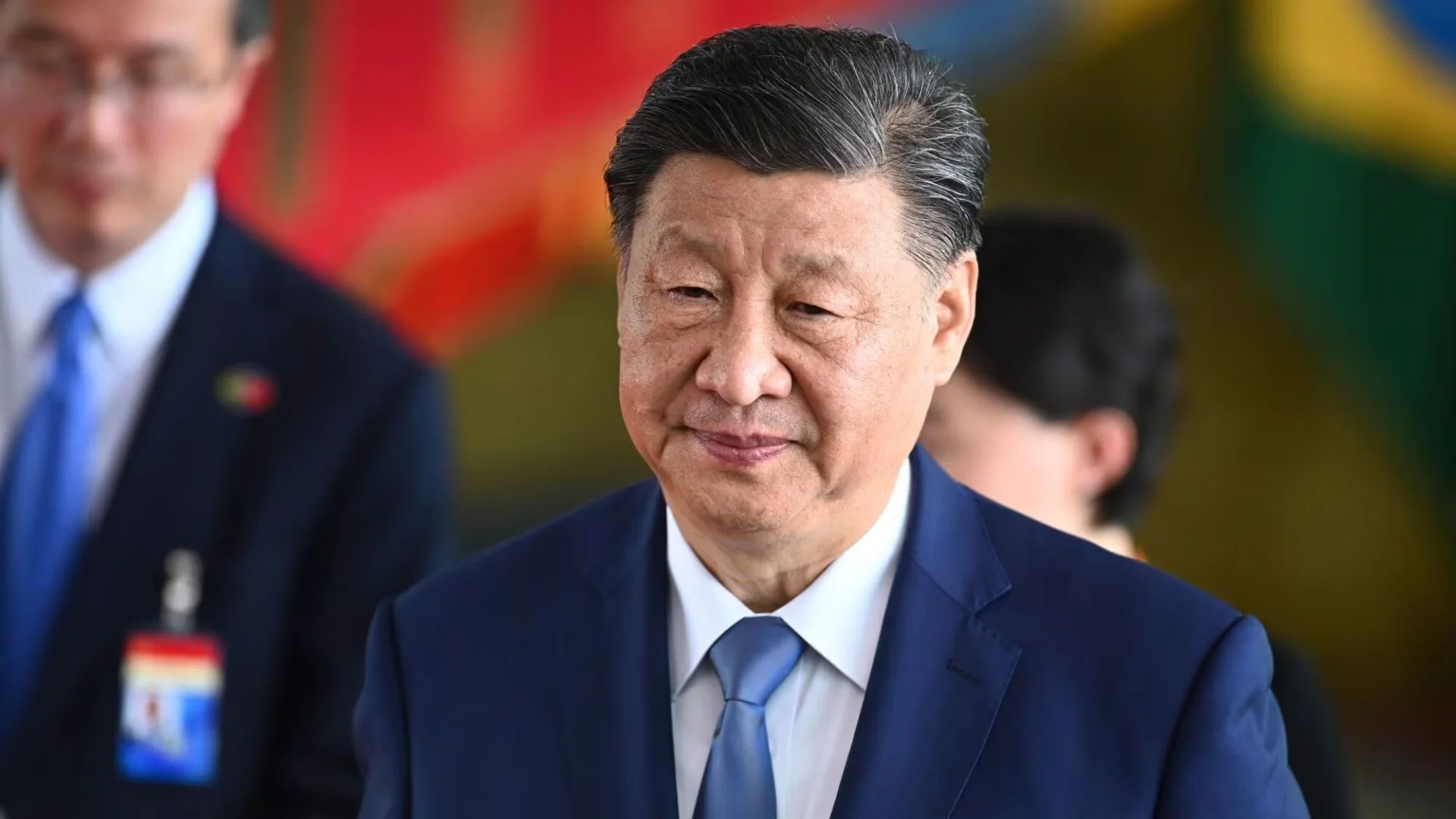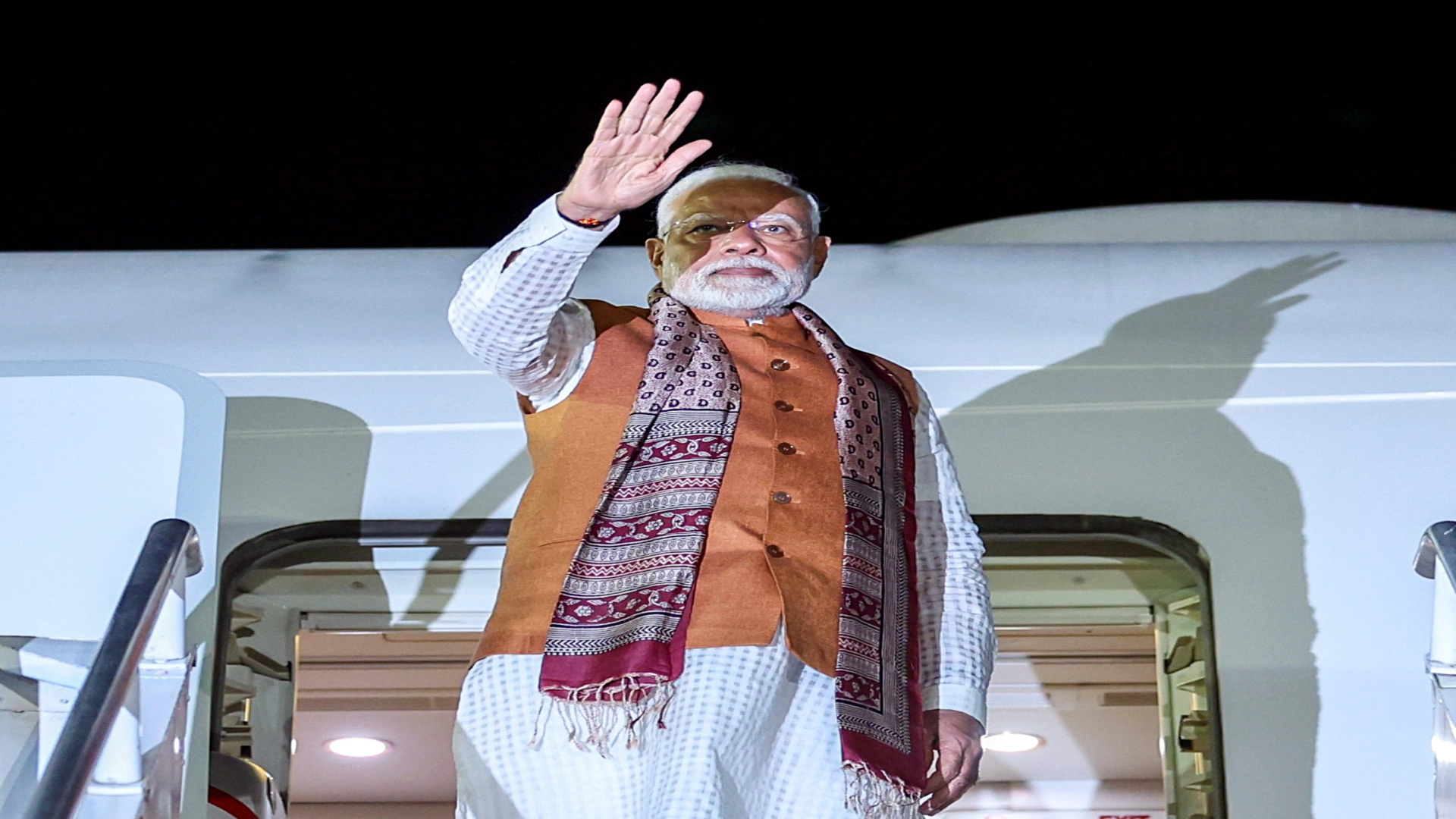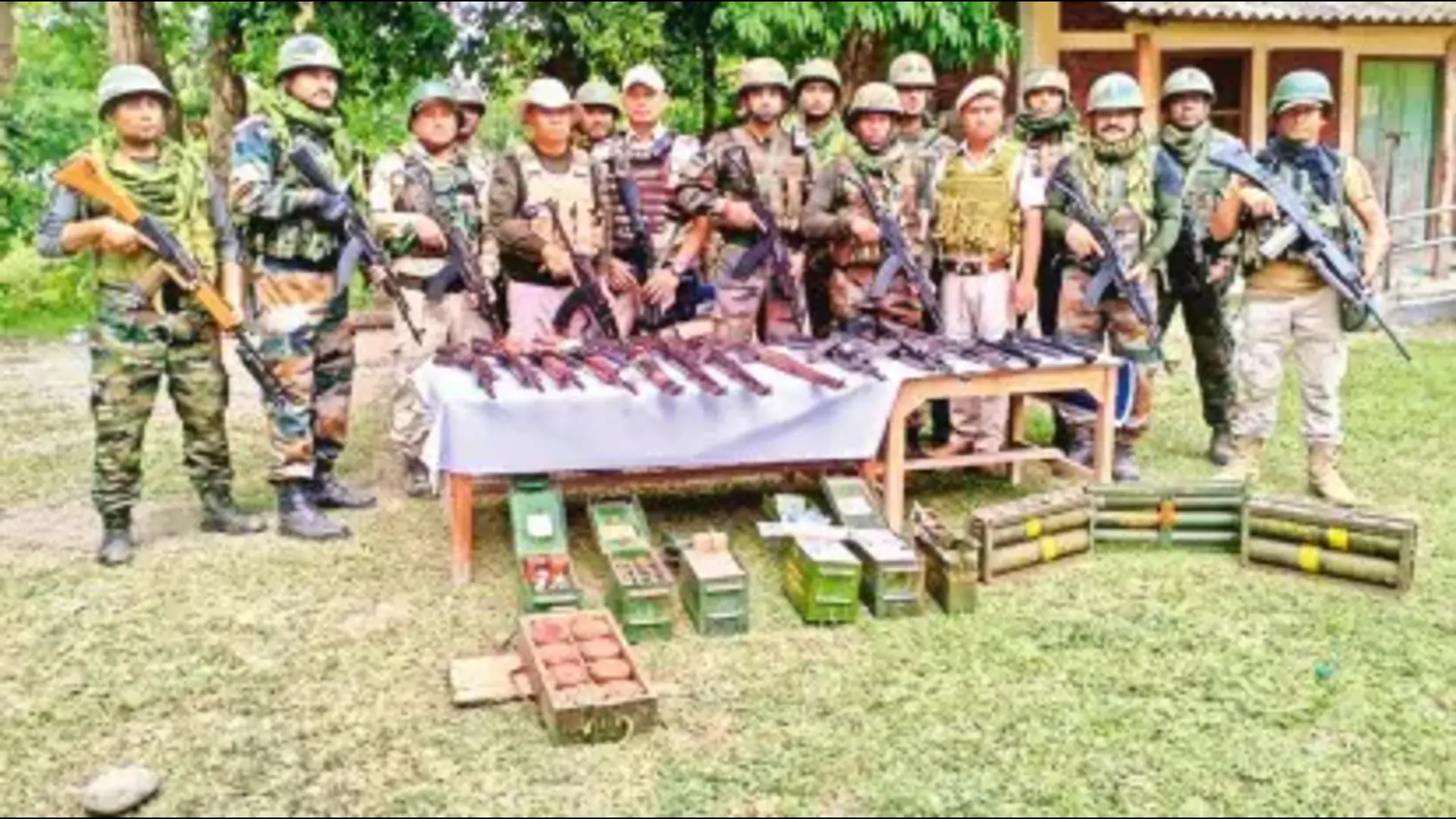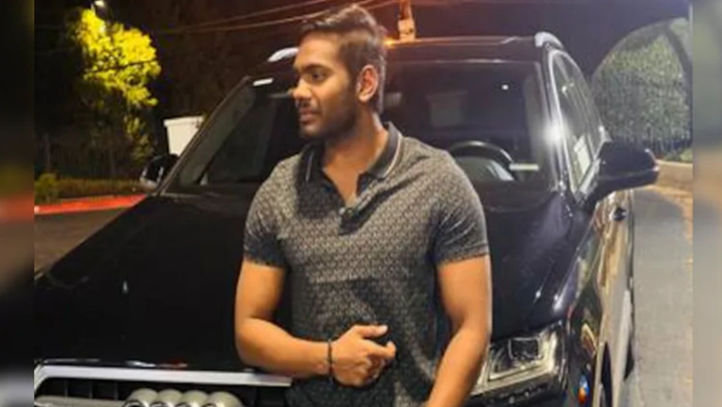
For me a better democracy is a democracy where women do not only have the right to vote and to elect but to be elected.”—Michelle Bachelet, former President of Chile. Amidst the 2024 India General Elections, the world’s biggest democracy is witnessing many disruptions, from leaders hopping from one party to another to parties and political parties making extravagant promises to woo their voters. However, one question remains unanswered with every election: When will women be adequately represented in Indian politics? The continuous underrepresentation of elected women representatives in legislative bodies and decision-making processes has not only hindered the country’s progress toward true equality and inclusive governance but has raised the question of whether we are truly democratic regarding electoral representation.
A recent study by Prajatantra, a non-profit, non-partisan organization that seeks to democratize electoral politics by helping more people participate in electoral politics, has found out in their latest report on Political Entry in India that dynasts, criminals, and crorepatis have enveloped 91.7% of politics. The study further points out the pervasive gender-based gatekeeping issue in state assemblies: only 12% of the elected representatives are women. More alarming is the revelation that out of the total women who get elected, 50% of them have entered the arena through dynastic politics. This indicates issue in Indian society, where traditional roles, educational and financial barriers, and exposure deficit have created a political ecosystem that is operating without adequate representation from women’s cohorts.
The data from study has further illuminated the intricate nature of Indian politics. Though fewer women enter politics, they start their political careers 2 years earlier than their male counterparts, i.e., while women enter at 42 years, males enter politics at the age of 44 years. This is likely due to most women representatives entering politics through dynast backgrounds where the competition is less, or women become proxies for their husbands or any other family member for an easy win. This prevalence of dynasties in women’s representation raises concerns, as it perpetuates the culture of pradhan pati/proxy politics in Indian democracy. This proxy culture is very prominent in local politics, where often, a woman who gets elected is a mere dummy, and the real representative is her husband or Pradhanpati.
With the prevailing political environment, the patriarchal society, coupled with a lack of capacity building and training for women, as well as insufficient political education in India, may see an escalation in these issues with the proposed implementation of a 33% reservation for women in the Lok Sabha and state assemblies.
Consider Harsimrat Kaur Badal, who was born into an influential family. She is a two-term MP and former Union Minister whose entire political career has been facilitated by the powerful Badal clan that virtually controlled Punjab for decades. Despite her education and responsibilities, critics argue she remained a proxy for the male patriarchs calling the shots. Similarly, Dimple Yadav’s electoral journey has been inextricably linked to the Samajwadi Party’s ‘first family’ of Uttar Pradesh, headed by her father-in-law Mulayam Singh and husband Akhilesh Yadav.
The situation is not entirely doomed as some notable strides have been made, as highlighted by the study, that beyond dynastic politics, women from non-dynastic backgrounds/grassroots politicians. However, half the percentage have entered politics through local politics (19%) and Party organizational politics (19%). However, compared to their male counterparts, women engage in other avenues much less. For example, males enter politics through student politics, civil services, and mass movements, but women have yet to enter state-level politics through these pathways. Further, women’s entry age through local politics and Party politics is 39 and 43 years, respectively. Although local governance has experienced an increase in the number of women representatives due to constitutionally mandated reservations, advancing to state or national politics without familial connections or personal wealth remains a daunting challenge for female politicians. Fewer than 10% of candidates contesting elections in state assemblies are women. This is because most Indian parties remain an old-boys network, which systematically denies capable women a level playing field, perpetuating gender disparities in political representation.
However, many women Politicians have overcome these hurdles through sheer grit and unconventional paths. Politicians like Jeevan Jot Kaur, MLA from Amritsar East, without any influential background, defeated prominent leaders like Bikram Singh Majithia and Navjot Singh Sidhu to emerge victorious. Late politician Sushma Swaraj established herself as a great orator and marked herself in history as one of the greatest women leaders. However, such examples of self-made women leaders remain rare exceptions in Indian politics’ old-boy club traditions.
The exception of women politicians should now transition towards mainstream gender representation in politics. Before moving towards 33% reservation for women, we must promote civic education focusing on gender equality in politics and its benefits. A supportive ecosystem should provide aspiring female politicians with training, mentorship, and financial assistance to pursue election campaigns. Organizations like Prajatantra, through innovative efforts like their Political Immersion Programme, are pioneering this vision of facilitating more independent, grassroots women leaders into India’s political arena.
For too long, Indian democracy has functioned as a ‘gentlemen’s club,’ with women relegated to being voiceless participants or proxies. India has worn its democratic credentials with the asterisk of stifling women’s participation in political decision-making. Having women occupy half of the seats in Parliament is not just symbolic of Progressive Awareness and equality; it’s an existential necessity for leveraging India’s full governance potential by representing 50% of its population. Our democracy’s true ‘Naari Shakti’ will be unleashed only when Indian politics becomes a level playing field for women of all backgrounds.
Ritwick Shrivastav is founder & CEO, Prajatantra.















